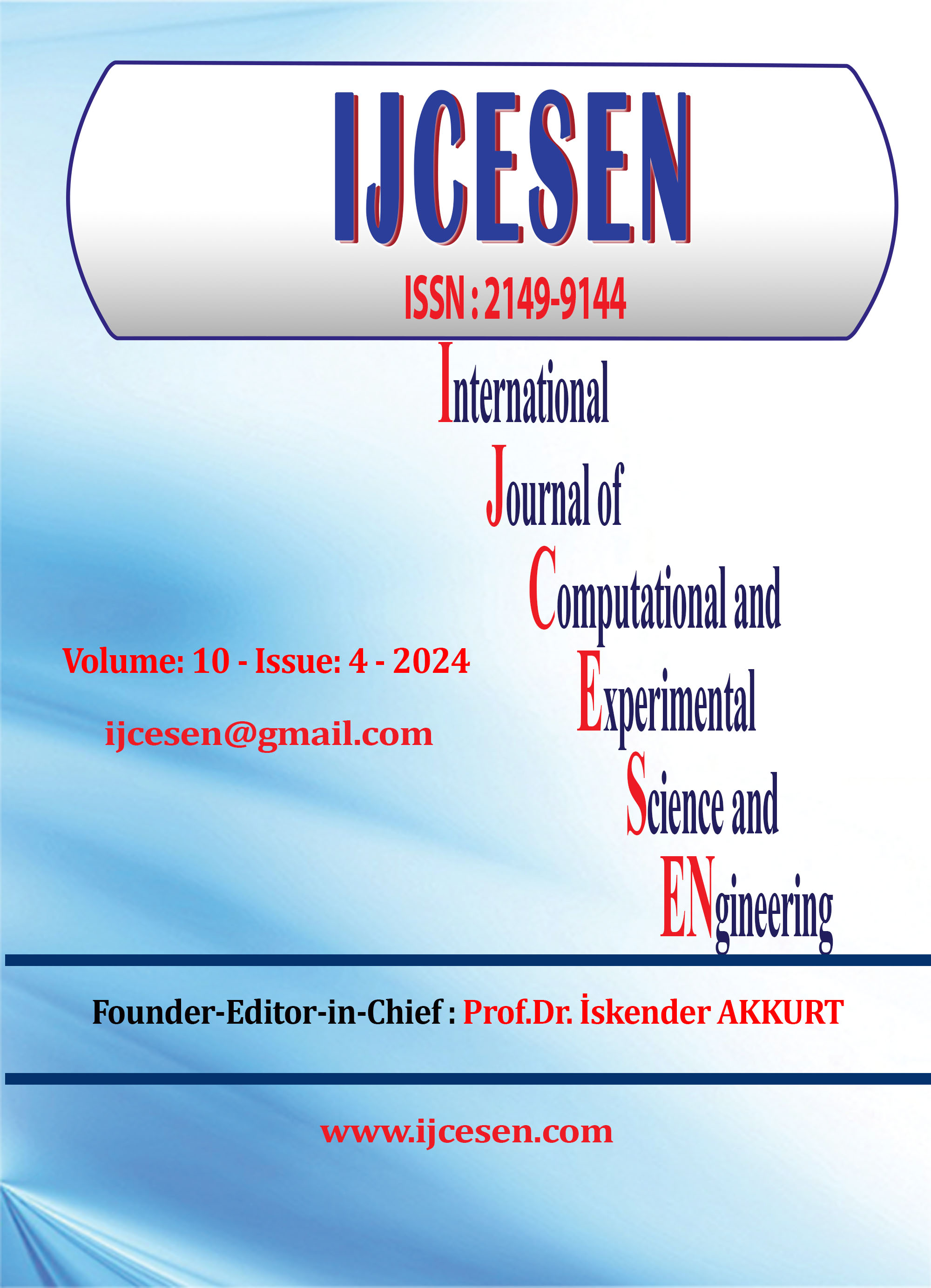Role of Internet in the Educational Sectors of Malaysia to Increase the Literacy Rate
DOI:
https://doi.org/10.22399/ijcesen.3727Keywords:
Transformational Influence, Digital Connection, Indispensable Instrument, Commercial Organizations, Enhancing Literacy, Technology PossessesAbstract
In order to analyse the transformational influence that the Internet has had on the gains in educational results and the growth in the number of people in Malaysia who are literate, the purpose of this research is to examine the impact that the Internet has caused. As the availability of digital connection increases in both urban and rural regions, the Internet has emerged as an indispensable instrument for bridging educational gaps, providing easily available learning resources, and providing support for programs undertaken by both the government and commercial organizations with the goal of enhancing literacy. The purpose of this essay is to investigate the following topics: the introduction of online platforms into educational institutions; the effect of e-learning both during and after the COVID-19 outbreak; and the role of digital education in terms of reaching populations that are not adequately served. All of these topics are intended to be investigated in order to explore the aforementioned topics. This study inquiry reveals the several ways in which education that is supplied via the Internet helps to the development of reading abilities. This is accomplished through the use of data analysis, policy assessments, and case studies. In addition to this, the study deals with issues such as the digital divide and the limits that are brought about by infrastructure. The findings make it abundantly evident that digital technology possesses the potential to assist Malaysia in accomplishing its objective of providing every individual with access to education that is not only inclusive but also of a high quality.
References
[1] Ahmad, N. A., Ayub, A. F. M., & Khambari, M. N. (2019). Gender digital divide: Digital skills among Malaysian secondary school students. International Journal of Academic Research in Progressive Education and Development, 8(4), 668–687.
[2] Devisakti, A., Muftahu, M., & Xiaoling, H. (2023). Digital divide among B40 students in Malaysian higher education institutions. Education and Information Technologies.
[3] Hamid, H., Ruahim, R. A., & Abdullah, S. H. (2024). Challenges of digital literacy among urban and rural pre-university students. In Proceedings of the Third International Conference on Communication, Language, Literature, and Culture (ICCoLliC 2024) (423–438). Atlantis Press.
[4] Krishnamoorthy, K., & Soh, T. M. T. (2021). Exploring the impact of internet accessibility in implementation of technology-based pedagogy for science in Malaysian primary schools. International Journal of Academic Research in Progressive Education and Development, 10(1), 339–353.
[5] Lazarenko, N., & Hapchuk, Y. (2024). E-learning and artificial intelligence as key factors in the digital transformation of higher education: Challenges, opportunities, and development prospects.
[6] Mukundan, S. R., & Letchamanan, H. (2021). When learning goes digital: Reflections on urban youth living in poverty in Malaysia. United Nations Development Programme.
[7] Samsuddin, S. F., Mohamed Shaffril, H. A., Mohamed, N. A., & Bolong, J. (2021). Into the unknown: Do people in low literacy rate areas practise digital reading? Malaysian Journal of Library and Information Science, 26(2), 23–36.
[8] Shuhidan, S. M., Yahaya, W. A., Hashim, H., & Baharudin, M. F. (2021). Influence of digital literacy on learning engagement among secondary students in Malaysia. Environment-Behaviour Proceedings Journal, 7(SI10), 4114.
[9] Surianshah, S. (2021). Digital divide in education during COVID-19 pandemic. Jurnal Ekonomi Malaysia, 55(3), 103–112.
[10] Ying, Y., Karim, A. M., Mondol, E. P., & Helal, M. S. A. (2024). Influence of digital education to uplift the global literacy rate in the age of digital civilization. International Journal of Academic Research in Accounting, Finance and Management Sciences, 13(4), 383–394
Downloads
Published
How to Cite
Issue
Section
License
Copyright (c) 2024 International Journal of Computational and Experimental Science and Engineering

This work is licensed under a Creative Commons Attribution 4.0 International License.





